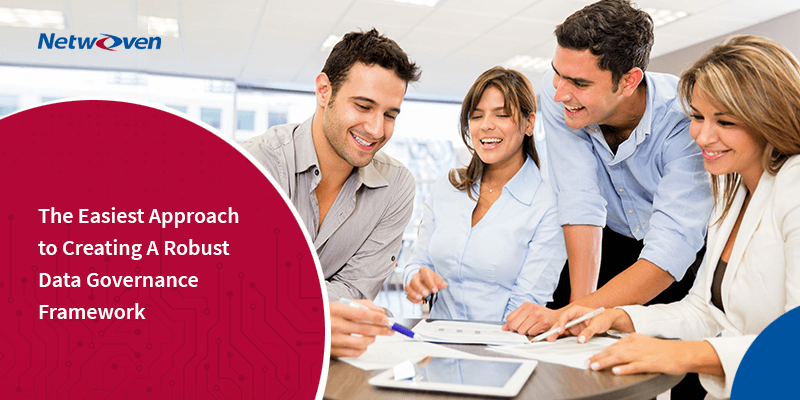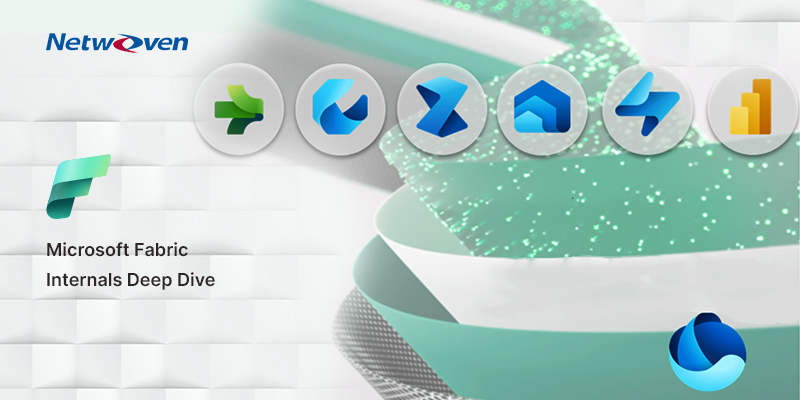Introduction:
More often than not, the demand for data governance is prompted by a specific initiative, such as regulatory requirements. A data governance framework collects rules, processes, and role delegations that ensure privacy and compliance in an organization’s enterprise data management. In today’s data-driven society, every organization is guided by specific business drivers — key factors or processes critical to the business’s continued success.
When an organization decides to start its first data governance journey, there are bound to be contending priorities. Each team will be keen to document various things in several ways. But governance is not just about maintaining an up-to-date glossary of business terms. An effective governance converges various types of assessments as well as data assets. There are many aspects to consider, starting with glossary and data inventories, to processes, guidelines, and organizational perspectives.
Usually, the initial challenge most organizations stumble upon is not knowing where to begin. This is not about just content, but also about the categories of content and ways to document them. Let us look at the two approaches when it comes to starting at the beginning, and yes, you guessed it right- both methods come with their own challenges-
Creating a framework upfront
Challenges
- More lead time for requirements gathering will slow down governance plans
- Engaging stakeholders too early may impede long-term support
- Creating a framework from a particular use case leads to narrow models, making customizations for further projects unavoidable
Creating a framework as you go
Challenges
- More reactive than proactive
- Irregularities are bound to occur in the way things are built, which makes the tool less intuitive
- Alignment across silos is not viable without planning, making customizations unavoidable
Customization- What does it do?
The idea of the unrestricted flexibility customization brings may seem attractive, but it can result in many unplanned outcomes, be it challenges in maintenance, issues with integration, or lack of clarity among the end-user community. A customized tool that is overused tends to run the TCO way high up while fragmenting your engagement with the stakeholders.
So, what is the way out?
Luckily, there is a third option- using a dependable metamodel, that is fixed enough to offer you support and stability and is adaptable enough to be agile.
The best reason why you should use the existing framework is that you are being guided by decades of data governance experience and expertise. It provides you with a way to start where you need to and lets you expand in the direction you want to. On closer inspection, you will find that businesses of various sizes and industries have more in common than differences. A common framework that leverages the lessons learned can be a huge advantage.
Major benefits of using a metamodel
Leveraging a carefully built metamodel offers these key advantages-
1. The data’s value becomes visible through the business perspective
Contrary to the commonly held view, the sole purpose of governance is not fulfilling regulatory obligations, though the journey may start there. It is adoption and engagement that keep governance active, and the ideal approach to drive this is to shift the emphasis beyond data to its usage. The metamodel method supports documentation of data definitions, systems, and lineage and also encourages business stakeholders to connect these to processes, capabilities, and projects, thus revealing the documented data’s value.
2. The stakeholder communities will relate to that context and maintain it
The owner of the data definitions may not always be the person with the right answers. It could be any of these people- the one who created the policy linked to that data concept, or the person who is every day using the data concept in the framework of a process. Or even the project manager who unveiled a new program related to that concept. Permitting communities to develop around these items and collaborate to find solutions to problems will facilitate data governance to become self-supportive.
3. Consistent documentation enables acquiring valuable data
Using a framework that already exists instead of developing a new metamodel makes the whole exercise mapping what you know with the use of what is available already and this method enables constancy and reflection. So rather than building two asset types- one for processing purposes and another for legal basis, you will realize that they both can be types of policies. A connected policy can perform twice the amount of work with half the maintenance, instead of adding a custom field on definitions and systems to specify special category data.
As they say, ‘The road to hell is paved with good intentions.’ Almost always, consistency is the essential driver for data governance initiatives across organizations, but this primary objective usually gets lost over time. The importance of maintaining consistency within a governance tool cannot be emphasized enough. It is just not possible to build intelligence without a common basis. Conversely, the possibilities are limitless when you do have a common basis. It is practically impossible to have successful automation, which depends heavily on consistency when things are documented incoherently.
Conclusion:
To enjoy the benefits of becoming more data-driven, just collecting data is not enough, a data governance framework is essential too. A well-designed data governance framework guarantees the effective management of the data and stays compliant with related regulations and laws of the land. By following the suggestions in this blog, you can build a data governance framework that will meet your organizational and industry requirements to help you achieve the business outcomes you want.
Looking for an experienced partner in working with structured and unstructured data, expertise in data security, and setting up collaboration technologies? Reach out to us today to learn more about our data security and governance services.






















